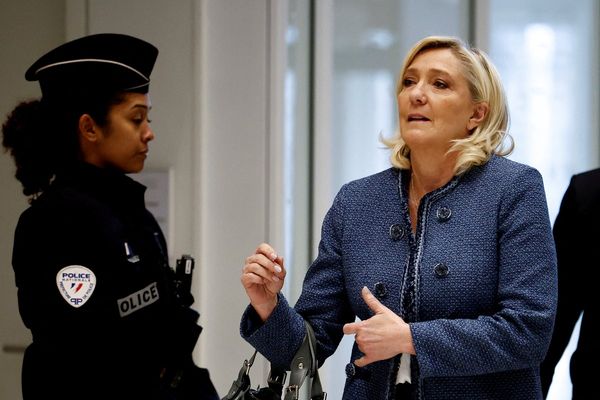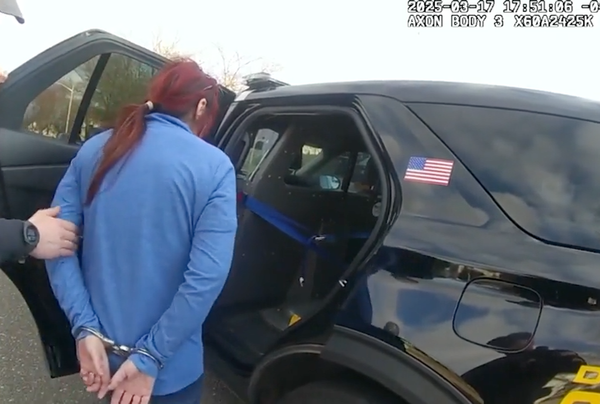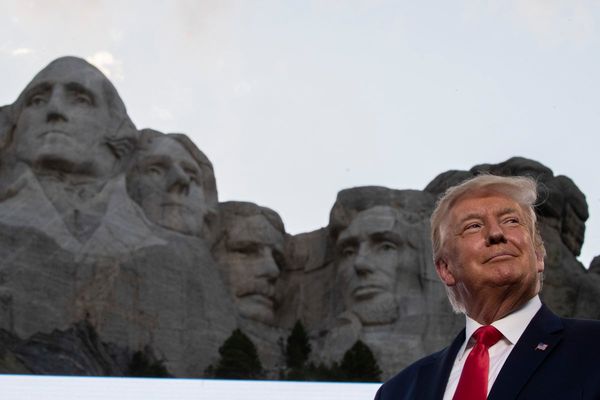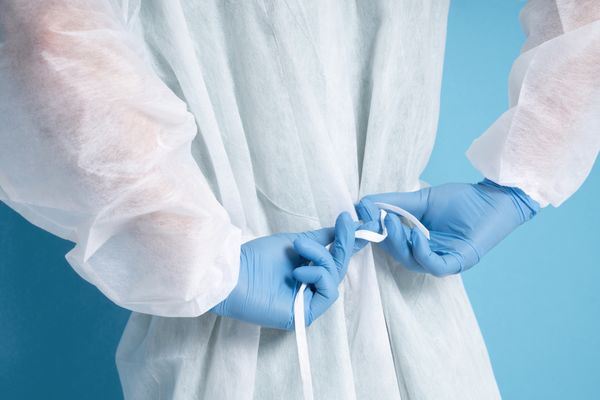
D+0 (Friday 9 September)
Charles III and the Queen Consort arrive in London from Balmoral. The King holds his first audience with the prime minister, Liz Truss. He is also expected to meet the Earl Marshal, the position held by the Duke of Norfolk, who is in charge of the accession and of the state funeral. The carefully choreographed plans include Operation Unicorn, the contingency in the event of the Queen dying in Scotland.
The King will make a televised address to the nation and the Commonwealth, which he will have pre-recorded earlier in the day.
The prime minister and senior government will attend a public service of remembrance at St Paul’s Cathedral.
The King declares that royal mourning, observed by the royal family, their households, and ceremonial troops, will last until seven days after the funeral, which will be on Monday 19 September. The day of the funeral will be a public holiday and a day of national mourning.
Under the official plans – codenamed London Bridge – Thursday, the day of the Queen’s death, would have been D-day or D+0, but this changed due to the announcement being late in the day.
D+1 (Saturday 10 September)
The accession council meets at St James’s Palace to formally proclaim Charles as the new sovereign. The privy council gathers first without the King to proclaim him the new monarch. The King then holds his first privy council, accompanied by Camilla, the Queen Consort, and William, who are also privy counsellors, and makes his personal declaration and oath. Proclamations are made at the City of London. Charles will hold an audience with the prime minister and the cabinet.
The Queen’s coffin remains at Balmoral.
D+2 (Sunday 11 September)
Proclamations in the devolved nations are expected to be made simultaneously at noon in Edinburgh, Cardiff and Belfast. The Queen’s coffin will be driven from Balmoral Castle to Edinburgh. It will rest in the Throne Room at the Palace of Holyroodhouse until Monday afternoon.
The King will meet the Commonwealth secretary-general at Buckingham Palace before hosting realm high commissioners and their spouses in the Bow Room.
D+3 (Monday 12 September)
The King and Queen Consort will appear at Westminster Hall where members of the Commons and Lords will meet to express their condolences.
The pair will then fly to Edinburgh, where they will visit the Palace of Holyroodhouse and the King will inspect the guard of honour. A ceremony of the keys on the forecourt of the palace will follow.
The King will then attend a service of prayer and reflection for the life of the Queen at St Giles’ Cathedral, before returning to Holyrood.
There, the King will have an audience with the first minister, followed by an audience with the presiding officer of the Scottish parliament.
Charles and Camilla will then attend the Scottish parliament to receive a motion of condolence.
That afternoon, a ceremonial procession will form on the forecourt of the palace of Holyroodhouse to convey the coffin to St Giles’ Cathedral. The King and members of the royal family will take part in the procession.
Her Majesty’s coffin will lie at rest in the cathedral, guarded by vigil from the Royal Company of Archers, to allow people to pay their respects.
That evening, the King will hold a vigil with members of the royal family at St Giles’ Cathedral.
D+4 (Tuesday 13 September)
The Princess Royal will accompany the Queen’s coffin as it is flown to London by Royal Air Force aircraft from Edinburgh airport. It will arrive at RAF Northolt later that evening where it will then be driven to Buckingham Palace, where her coffin will rest in the Bow Room.
The King and Queen Consort will fly to Belfast, where they will visit Hillsborough Castle and view an exhibition on the Queen’s long association with Northern Ireland.
Charles will meet the secretary of state for Northern Ireland and party leaders and receive a message of condolence led by the Speaker of the Northern Ireland assembly.
After a short reception at Hillsborough, Charles and Camilla will travel to St Anne’s Cathedral for a service of prayer and reflection. Before the service, the King will meet leaders from all the major faiths in Northern Ireland. The pair will then head back to London.
D+5 (Wednesday 14 September)
This will see the first big ceremonial in London as the Queen’s coffin is borne on a gun carriage from Buckingham Palace to Westminster Hall for her lying in state. The King will lead the procession, which will travel via Queen’s Gardens, the Mall, Horse Guards and Horse Guards Arch, Whitehall, Parliament Street, Parliament Square and New Palace Yard.
A short service inside Westminster Hall, conducted by the archbishop of Canterbury, is expected to be attended by members of the royal family.
The lying in state begins, with hundreds of thousands of people expected to file past the coffin to pay their respects over the next five days. At some stage, senior members of the royal family are expected to stand guard around the coffin, the tradition known as the Vigil of the Princes.
D+6 (Thursday 15 September)
The Queen’s lying in state continues.
D+7 and D+8 (Friday 16 and Saturday 17 September)
The King continues with visits to the UK nations, heading to Wales on Friday, and meetings in London. The Queen’s lying in state continues, and is expected to end on the morning of her funeral.
D+9 (Sunday 18 September)
Heads of state and members of foreign royal families are expected to start arriving in London for the state funeral.
D+10 (Monday 19 September)
The Queen’s state funeral will take place at Westminster Abbey. Her coffin will be taken in a procession from the Palace of Westminster to Westminster Abbey, with members of her family processing on foot behind. The service will be televised, and a national two minutes of silence held.
After the funeral, the Queen’s coffin will travel in procession from Westminster Abbey to Wellington Arch. From there, it will travel to Windsor Castle. The coffin will be lowered into the royal vault, and her final resting place will be the King George VI memorial chapel at St George’s chapel, Windsor. A private burial interment service will be attended by senior members of the royal family.
• This article was amended on 11 September 2022 to refer to the Royal Company of Archers, not Arches.







